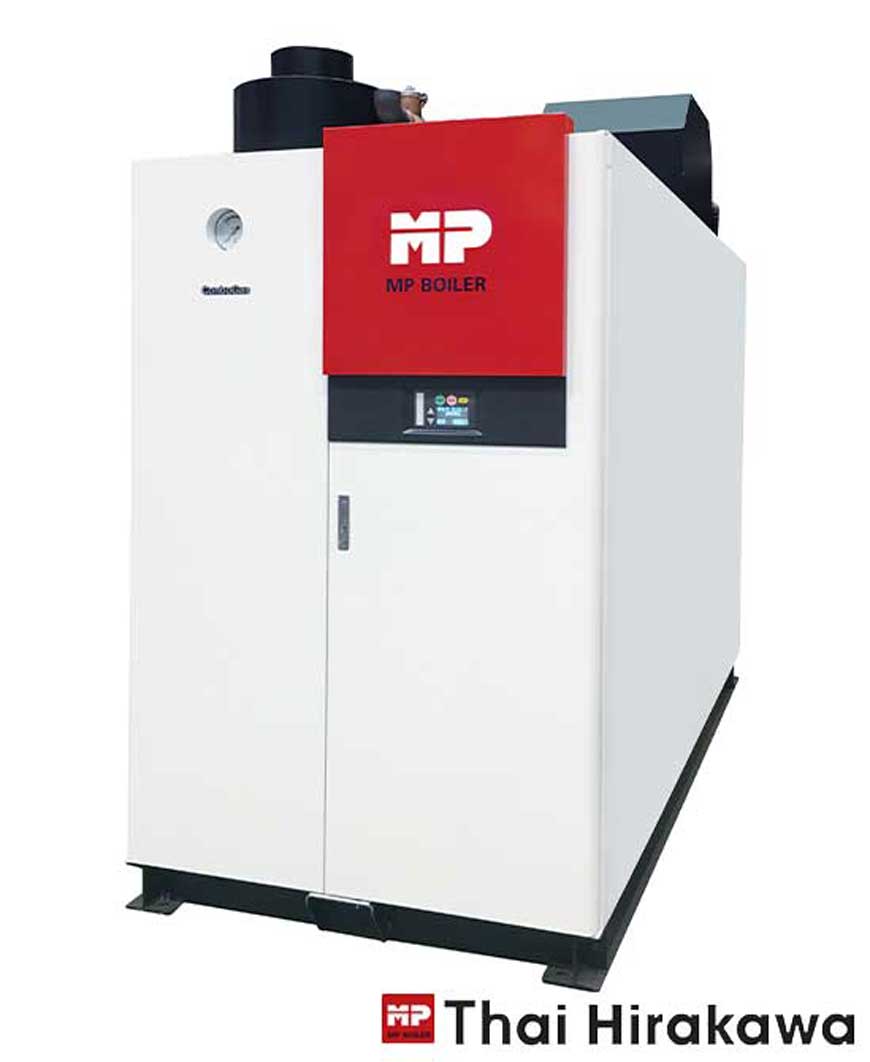2021-03-26 11:17:11
What is a Steam Generator? Understanding Its Working Principle and Importance in Industry
The industrial sector places great importance on production efficiency and energy utilization. The “steam generator”, or Steam Boiler, is one of the core systems using thermal energy to manufacture products. This article will introduce what a steam generator is, how it works, the types available, and explain why this device is indispensable in many industries.
What is a Steam Generator?
A steam generator (Steam Generator or Boiler) is a device that converts water into steam by using heat from burning fuels such as natural gas, oil, coal, or biomass fuels. The steam produced is used in processes that require thermal energy, such as steaming, drying, sterilizing, or powering machinery.
Working Principle of a Steam Generator
The working principle of a steam generator is transferring heat from the fuel to the water inside the boiler, causing the water to boil and turn into high-pressure steam. The steam is then sent to various systems for use, such as machinery or heat exchange systems. The main components generally include:
- Combustion Chamber: The section where fuel is burned to generate heat.
- Heat Transfer Tubes: Water flows through these tubes to absorb heat from the flame.
- Steam Drum: Stores the steam generated and distributes it to the usage system.
Types of Steam Generators
There are various types of steam generators, categorized by structure and heat transfer principles. The main types commonly used in industry include:
1. Fire Tube Boiler
In this type, hot gases or flames flow inside tubes, while water surrounds the tubes externally. When the tubes heat up, water absorbs the heat and turns into steam. It is suitable for small to medium-sized factories such as food factories, hotels, or hospitals.
- Advantages: Simple structure, cost-effective, easy maintenance.
- Limitations: Produces steam slower than water tube boilers and supports low to medium pressure.
2. Water Tube Boiler
Water flows inside the tubes, which are heated externally by combustion. The water inside turns into steam. This type is suitable for large factories or power plants because it can produce high-pressure steam in large quantities.
- Advantages: High efficiency, fast steam production, and high pressure capability.
- Limitations: High cost, complex maintenance, requires skilled technicians.
3. Electric Steam Boiler
Uses electricity to heat water directly without burning fuel. Suitable for factories requiring cleanliness and zero emissions, such as pharmaceutical, cosmetic, and food industries.
- Advantages: No smoke or exhaust, no fuel handling required.
- Limitations: High electricity cost and limited production capacity.
The Importance of Steam Generators in Industry
Steam generators not only produce thermal energy but also help ensure continuous production, save time, and reduce energy costs. They play a vital role in quality control processes that require stable temperatures, such as food industry, sterilization, and raw material processing.
Conclusion
If you are in an industrial business that needs heat or steam in production processes, understanding what a steam generator is, its types, and selecting the right one are critical factors affecting production efficiency. Choosing a high-quality machine with reliable after-sales service will help your business grow sustainably.


